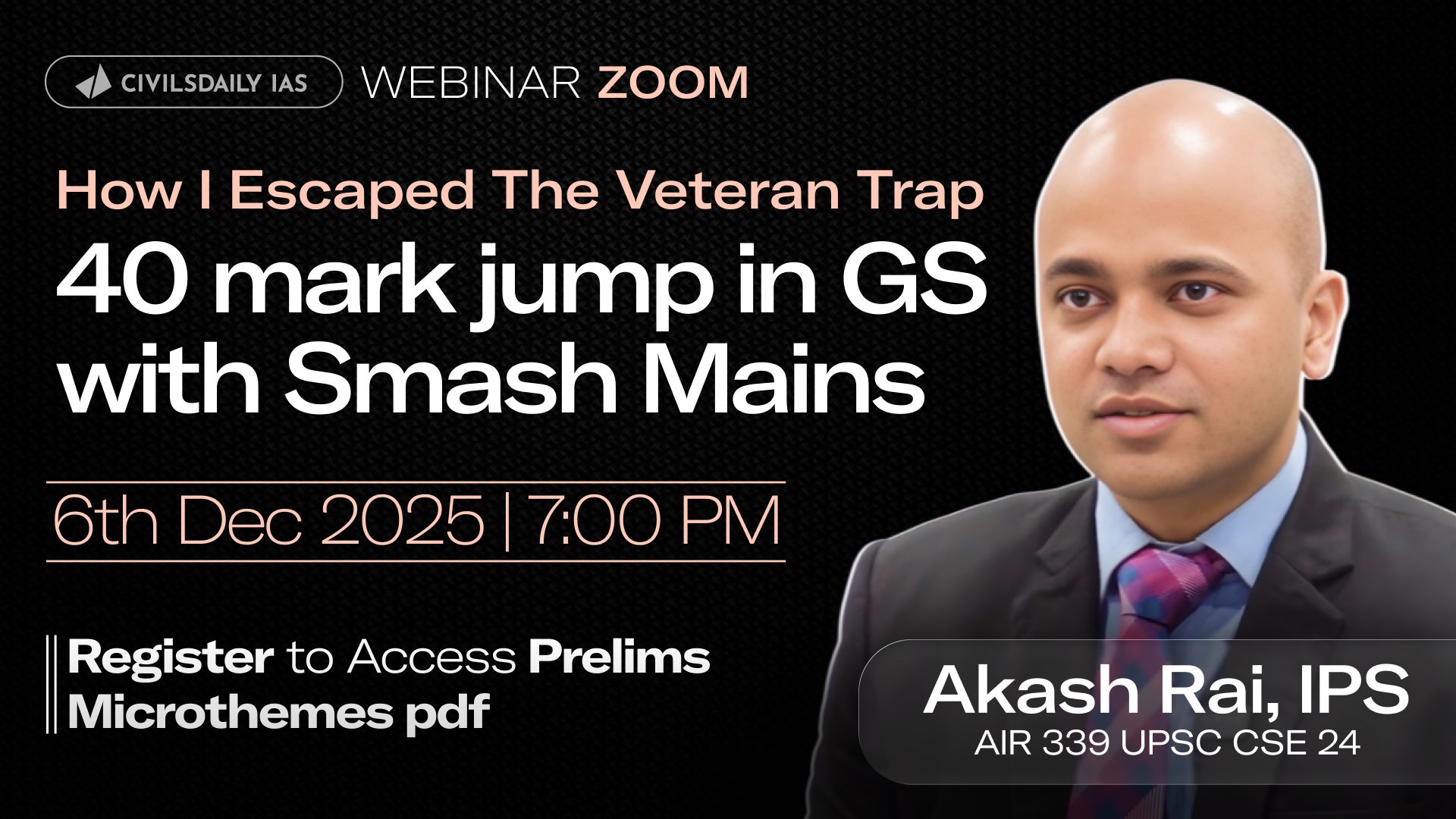Why in the News?
On June 26, 2025, India marks the 50th anniversary of the Emergency, imposed in 1975 by then Prime Minister Indira Gandhi.
What is National Emergency? (Article 352)
- Definition: A national emergency is a constitutional provision under Article 352 of the Indian Constitution.
- Grounds for Proclamation: It can be proclaimed by the President of India when the security of India or any part of it is threatened by:
- War
- External Aggression
- Armed Rebellion
- (Earlier also included “internal disturbance”, removed via the 44th Amendment, 1978)
Grounds of Proclamation: Evolution
- Original Provision (1950): Allowed Emergency for “internal disturbance”, which was vague and broad.
- 38th Amendment Act (1975): Made the President’s satisfaction final and beyond judicial scrutiny.
- 44th Amendment Act (1978):
- Replaced “internal disturbance” with “armed rebellion” to curb misuse.
- Restored judicial review of the President’s decision.
Process of Proclamation
- Initiation: The Union Cabinet (not just the PM) must send a written recommendation to the President.
- Anticipatory Power: The proclamation can be issued before the actual occurrence of war, aggression, or rebellion.
- Parliamentary Approval:
- Must be ratified by both Houses within 1 month.
- Requires a special majority:
- Majority of the total membership.
- Two-thirds of members present and voting.
- Valid for 6 months; can be extended indefinitely with fresh approvals every 6 months.
Territorial Application
- Original Scope: Applied to the entire nation.
- 42nd Amendment Act (1976): Permitted partial emergencies limited to specific states or territories.
Judicial Review:
- Before 1975: Emergency proclamations could be challenged in courts.
- After the 38th Amendment: Made proclamations immune to judicial review.
- Post-44th Amendment: Judicial review restored.
- Minerva Mills Case (1980): SC ruled that Emergency can be struck down if based on mala fide, irrelevant, or absurd grounds.
Revocation of National Emergency:
- Duration: Can continue indefinitely with periodic 6-month renewals.
- Revocation: The President can revoke anytime without Parliamentary approval.
- Lok Sabha Oversight:
- If 1/10th of Lok Sabha members give written notice, the Speaker/President must convene a session within 14 days.
- Disapproval motion can pass with a simple majority.
Historical Precedents:India has witnessed 3 National Emergencies:
|
Implications of Imposition of National Emergency:
- Centre-State Relations:
- Executive Control: The centre gains dominant powers over state governments.
- Legislative Powers:
- Parliament can legislate on State List subjects.
- President can issue ordinances on State subjects.
- Such laws remain valid for 6 months after Emergency ends.
- Financial Control:
- President can alter financial distribution between Centre and states.
- Reduced grants or tax transfers can continue till end of financial year after Emergency is lifted.
- Legislature:
- Lok Sabha:
- Under Article 83(2), its term can be extended by one year at a time.
- Cannot continue beyond 6 months after Emergency ends.
- State Assemblies: Term can be similarly extended with the same limitation.
- Fundamental Rights:
- Article 358 – Automatic Suspension:
- Article 19 is automatically suspended, only when Emergency is due to war or external aggression.
- Applies nationwide, regardless of where Emergency is declared.
- Article 359 – Presidential Order:
- President can suspend court enforcement of specified Fundamental Rights.
- Does not apply to Articles 20 and 21.
- Can be regional or nationwide, covering all or selected rights.
- Judiciary:
- 38th Amendment: Shielded Emergency from judicial scrutiny.
- 44th Amendment: Restored court oversight.
- Minerva Mills Judgment: Upheld that proclamations can be invalidated if mala fide or irrational.
| [2022] Which of the following is/are the exclusive power(s) of Lok Sabha?
1. To ratify the declaration of Emergency 2. To pass a motion of no-confidence against the Council of Ministers 3. To impeach the President of India Select the correct answer using the code given below: (a) 1 and 2 (b) 2 only * (c) 1 and 3 (d) 3 only |
Get an IAS/IPS ranker as your 1: 1 personal mentor for UPSC 2024

